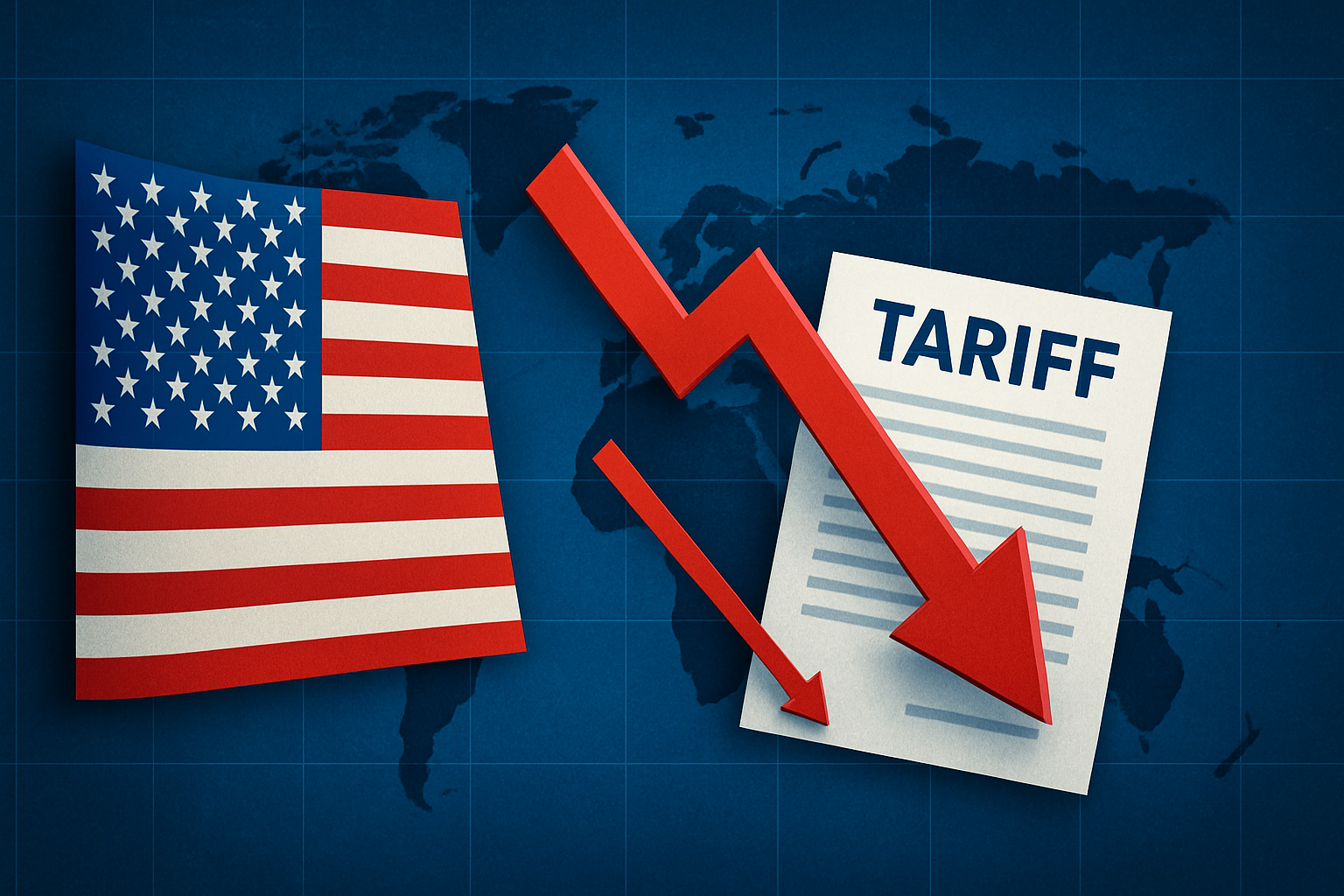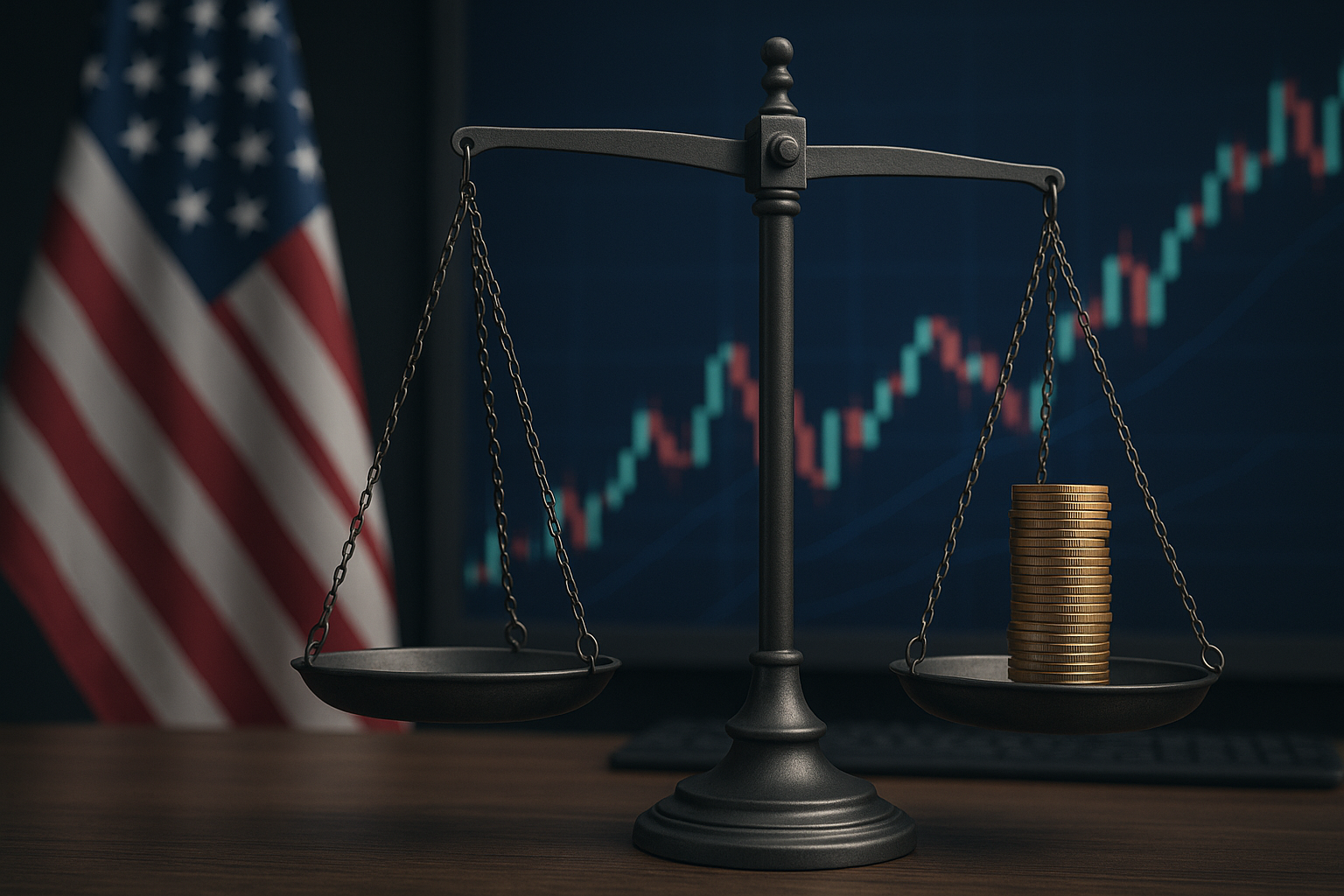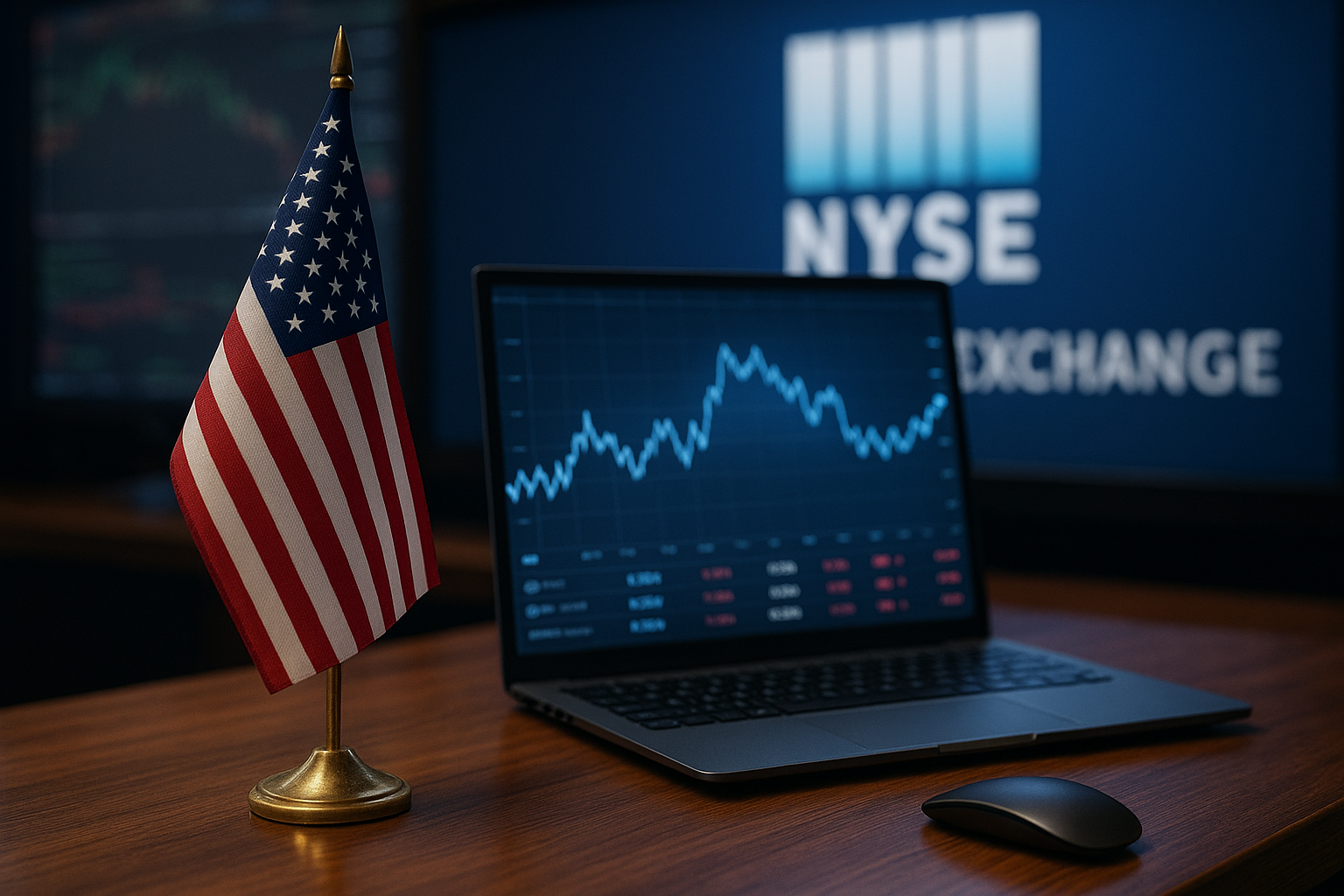Investors woke up to a wave of uncertainty this week as the U.S. government unveiled a sweeping new round of tariffs targeting a range of goods from BRICS nations, particularly China and India. The move, which the administration calls a “strategic trade safeguard,” is sparking widespread concern across global markets as businesses brace for rising costs and retaliatory trade actions.
The Wall Street Journal and Reuters report that the tariffs—set to take effect in phases over the next quarter—will apply to semiconductors, electric vehicles, solar panels, rare earth materials, and selected agricultural products. Analysts warn that these measures could reverberate through global supply chains, disturb diplomatic alliances, and shift capital away from risk-sensitive asset classes.
A Policy Shock with Global Reach
According to the Office of the U.S. Trade Representative, the tariffs are designed to “counter persistent unfair practices” and protect emerging industries critical to national security. However, critics argue the timing is volatile, as inflationary pressures remain elevated and international cooperation is vital in addressing geopolitical hotspots.
GoodReturns.in notes that the Indian Ministry of Commerce has already expressed “deep disappointment” and hinted at reciprocal tariffs, raising fears of a tit-for-tat escalation. Meanwhile, Chinese state media described the U.S. action as “economic coercion,” a signal that diplomatic tensions may deepen.
Global indices responded sharply. The MSCI Emerging Markets Index fell 2.1%, and the Euro Stoxx 50 dropped 1.3% intraday, while the S&P 500 saw a brief dip before rebounding slightly as investors assessed safe haven and value plays.
Why This Matters for Investors
Tariffs have a long track record of disrupting investment planning. Beyond immediate price volatility, they alter the structure of trade, shift currency valuations, and impact earnings forecasts across sectors.
Key investor concerns include:
- Corporate Margins: Multinational companies with exposure to low-cost manufacturing in China or India—such as Apple (AAPL), Ford (F), and Caterpillar (CAT)—may face higher input costs or supply delays.
- Emerging Market Volatility: Currency risk, trade imbalances, and inflationary pressures could weigh on emerging market ETFs and sovereign bonds.
- Commodities and Energy: Trade tensions typically pressure commodity demand forecasts, affecting oil, industrial metals, and agricultural futures.
According to Bloomberg, some hedge funds are adjusting exposure to Southeast Asia as a hedging strategy, seeking to capitalize on rerouted manufacturing and trade flows.
Future Trends to Watch
1. Global Supply Chain Reshuffling:
Expect more companies to accelerate “China+1” strategies—diversifying manufacturing to Vietnam, Mexico, or Eastern Europe to mitigate geopolitical risk.
2. Sectoral Realignment in Equities:
Investors may rotate away from trade-exposed sectors (e.g., semiconductors, autos, agriculture) toward defensives like healthcare, utilities, and domestically focused services.
3. U.S. Election Impact:
With 2026 midterms on the horizon, expect trade policy to remain politically charged. Any change in administration could mean a pivot in strategy, adding to longer-term uncertainty.
4. Policy Response from Central Banks:
While tariffs are generally inflationary, any slowdown in global growth may prompt dovish signaling from the Fed, ECB, or BOJ. Bond markets will be watching closely.
Actionable Takeaways
💡 Key Investment Insight:
U.S. tariff escalation adds a new layer of geopolitical risk to already complex macro conditions. Investors should:
- Monitor holdings in trade-sensitive sectors, especially those with China and India exposure.
- Diversify internationally, focusing on regions with less political volatility and high domestic demand.
- Strengthen currency hedges, particularly if exposed to emerging market currencies or supply chain-heavy portfolios.
- Explore protective instruments such as gold ETFs, volatility indexes, and defensive dividend stocks.
In a world increasingly shaped by politics as much as profits, staying agile and well-informed has never been more critical.
Get the clarity you need to make smart moves in uncertain times—stay with MoneyNews.Today for data-driven, timely, and trusted investor insights.





